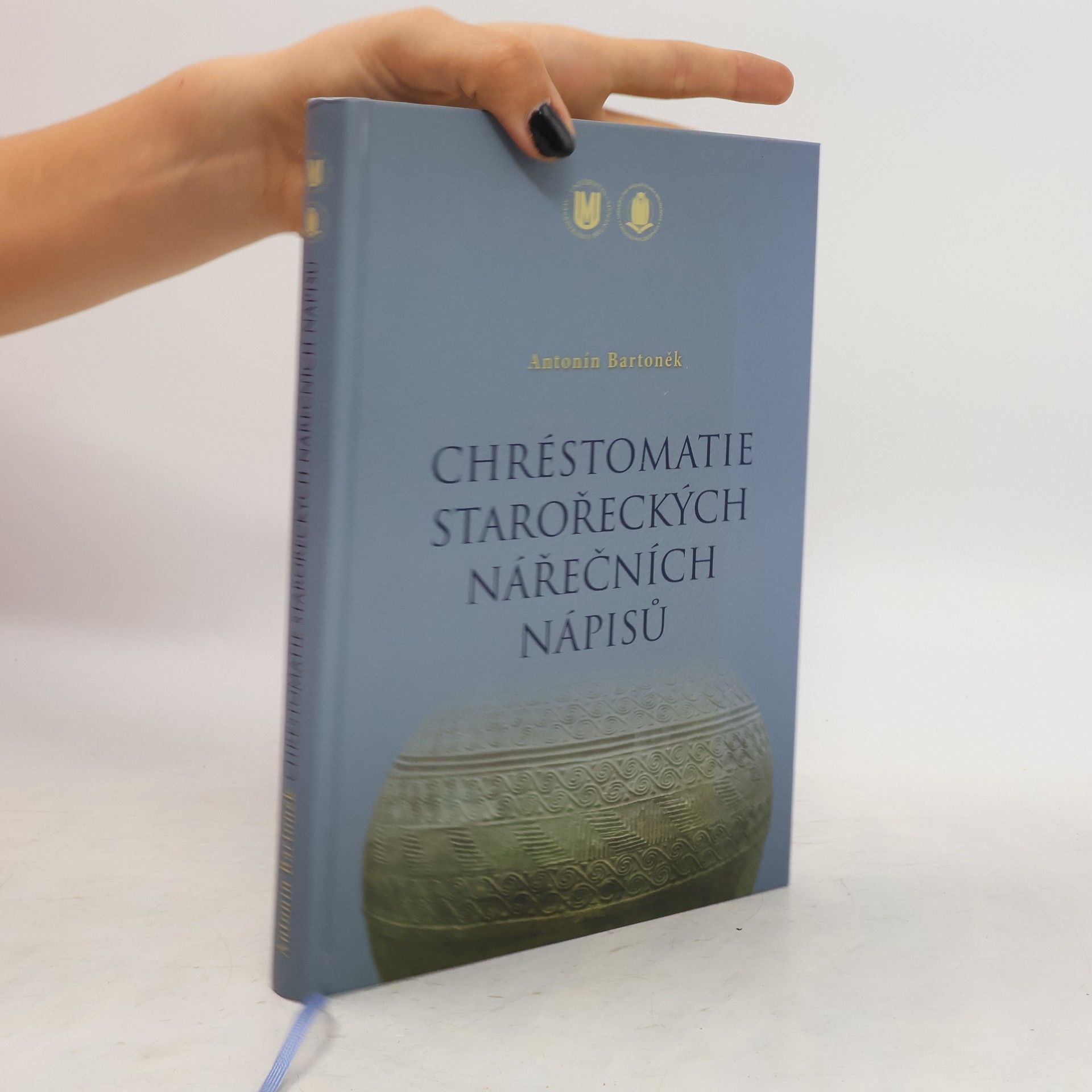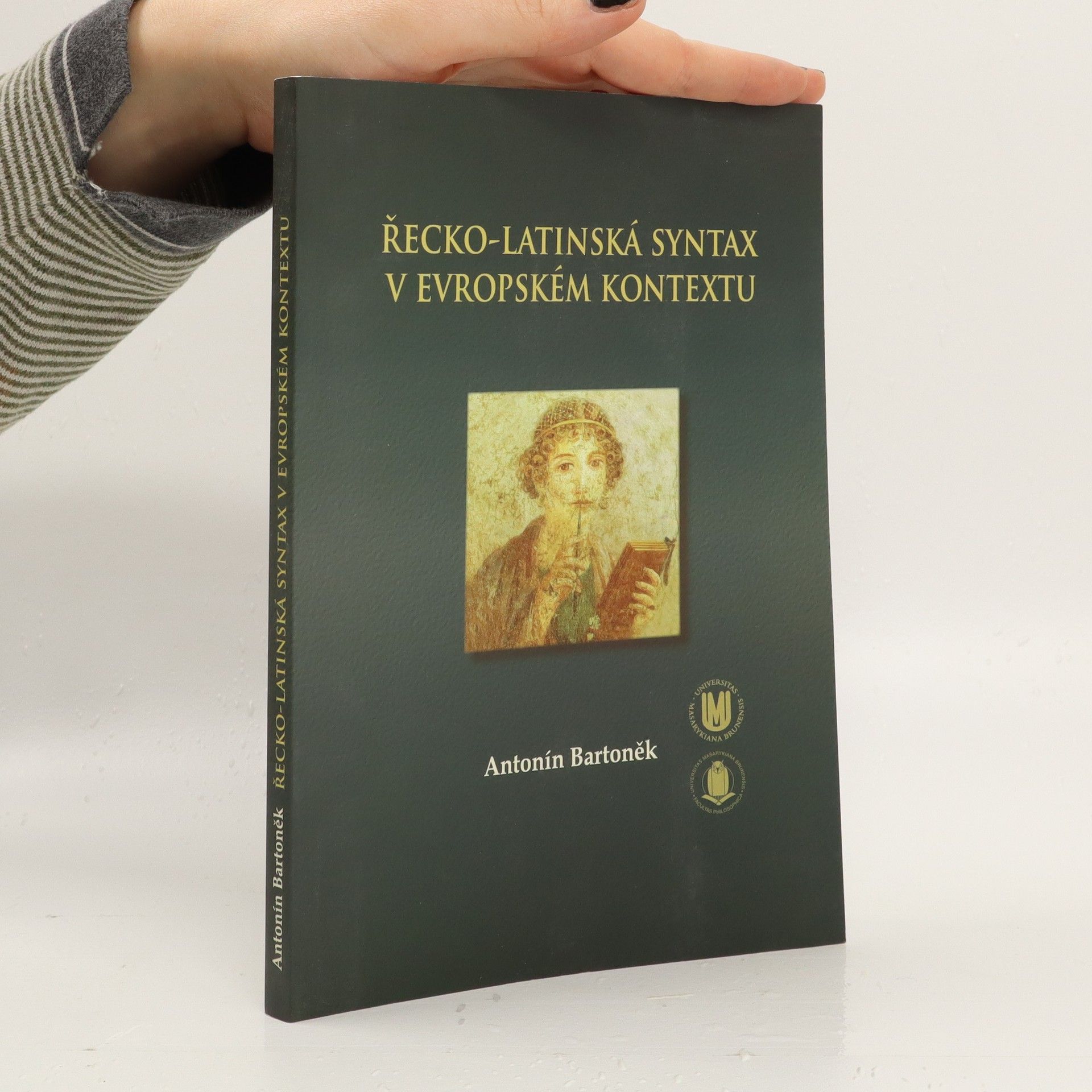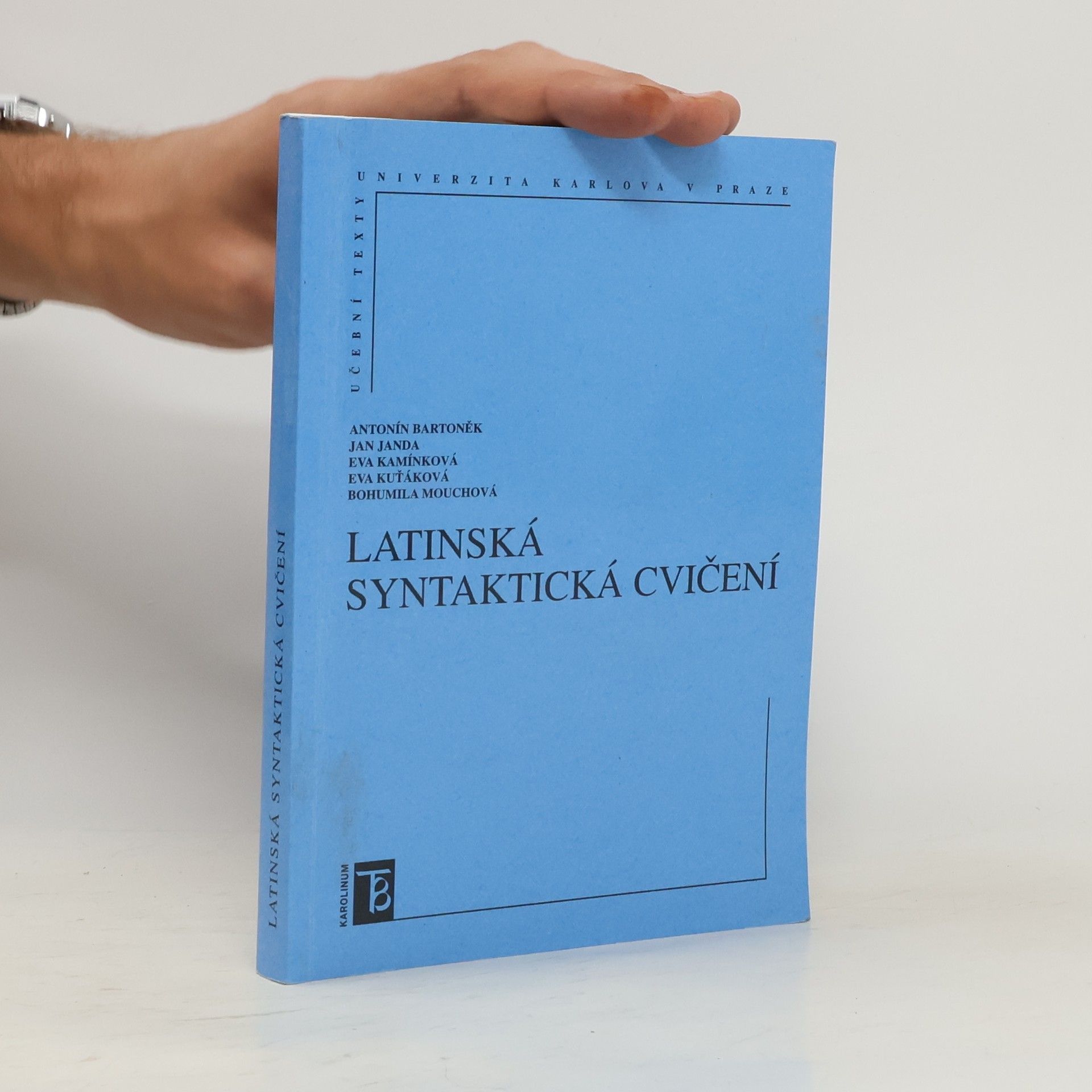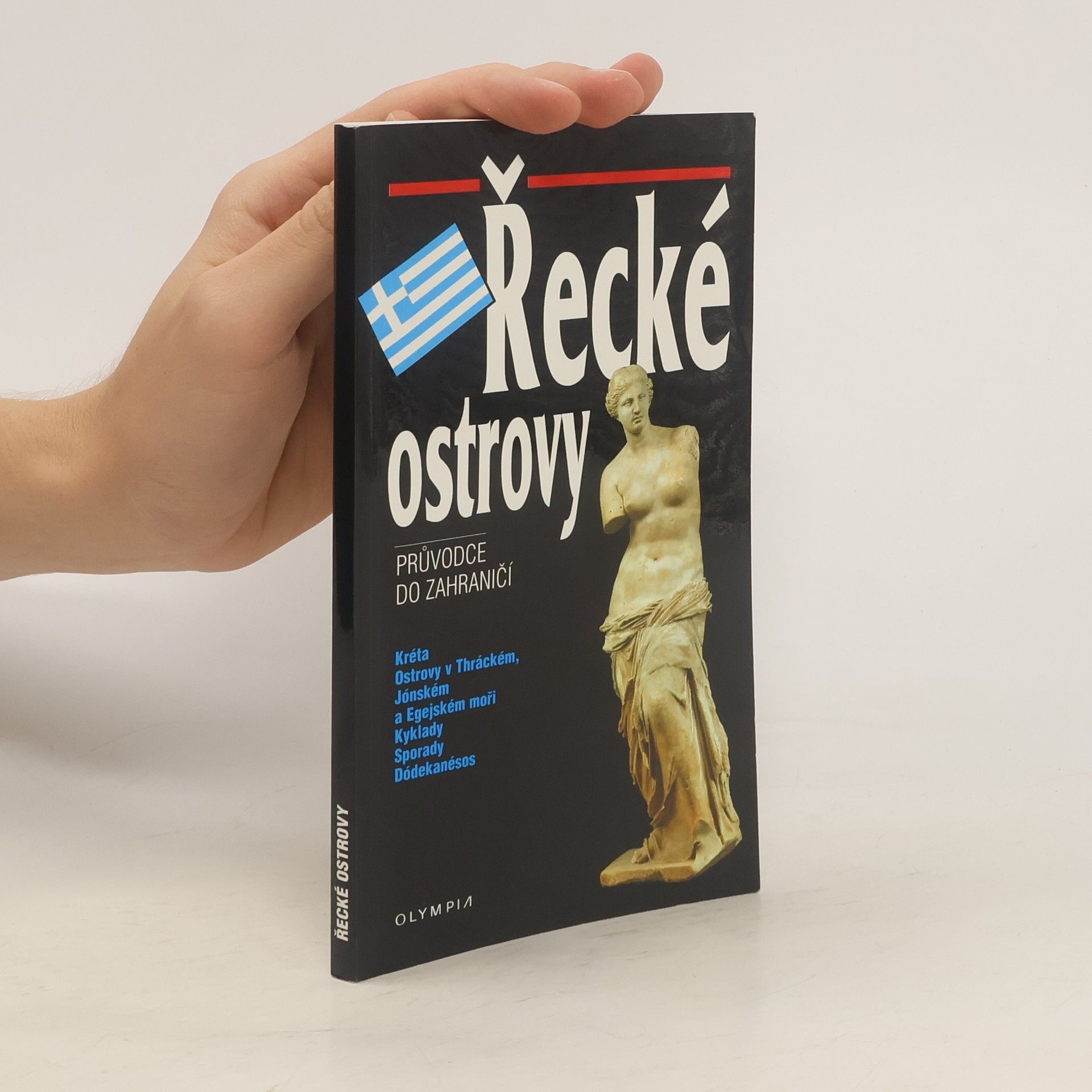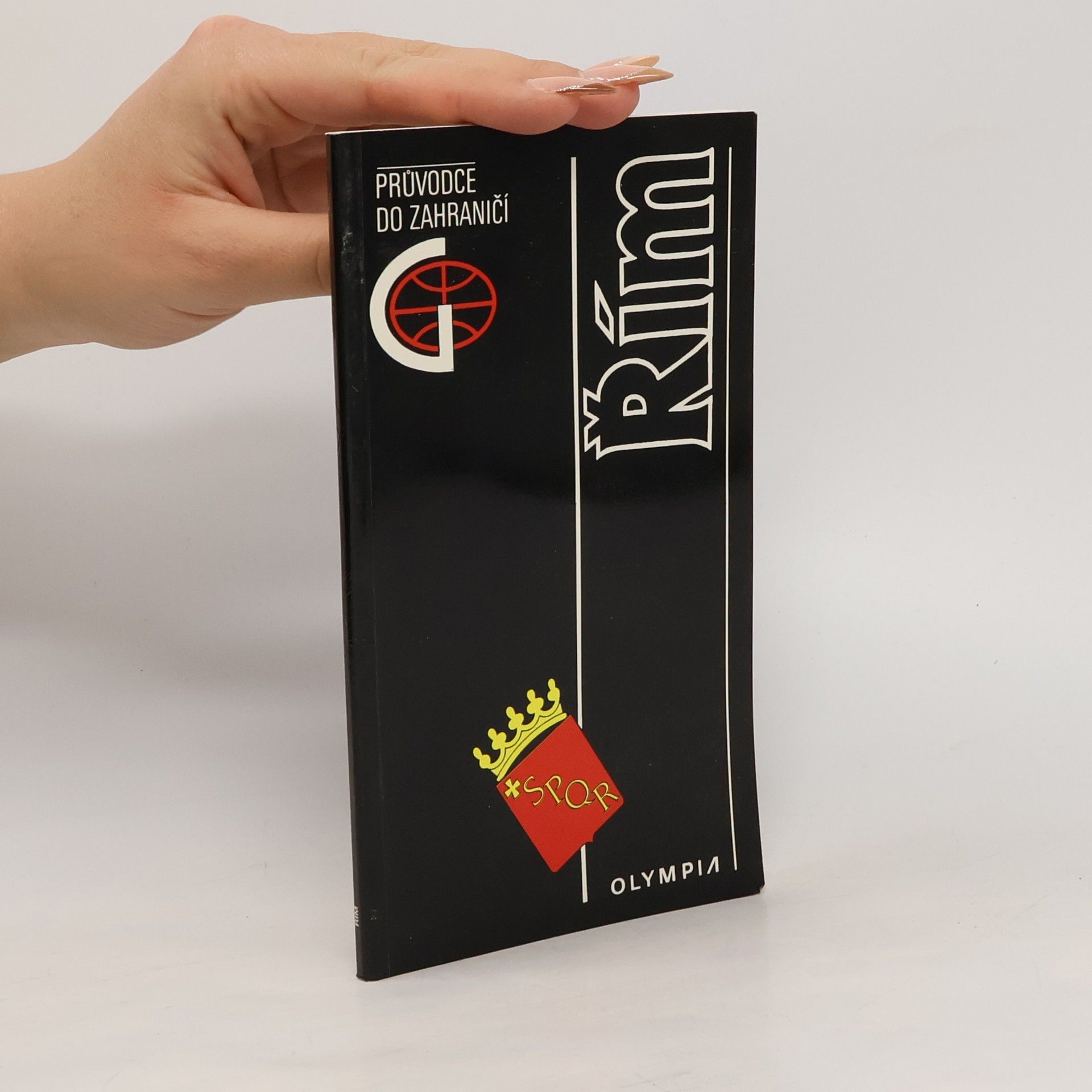Výbor 173 starořeckých nápisů v cca 25 místních nářečích, doprovázený českými překlady s gramatickými poznámkami a s úvodem o mykénském dialektu staré řečtiny a dílčími nářečními přehledy.
Antonín Bartoněk Book order







- 2011
- 2009
Dialekty klasické řečtiny
- 294 pages
- 11 hours of reading
Dílo profesora Bartoňka „Dialekty klasické řečtiny“ shrnuje problematiku klasických řeckých dialektů, zpracovanou poprvé v tomto rozsahu pro českého čtenáře. Práce je dovedena od starořeckých prvopočátků a jazykové situace v době mykénské až do období helénistického. Shrnuje i výklady o vzniku řecké alfabety, o cizích jazycích v staré Egeidě, o nářečních rozdílech v řeckém hláskosloví i v skloňování řeckých substantiv a v časování řeckých sloves, o etnickém a nářečním charakteru řeckých kolonizačních oblastí, o různých typech řecké koiné předhelénistické i vzniku koiné helénistické a nakonec v souhrnu o hlavních nářečích starořeckých literárních žánrů.
- 2008
Řecko-latinská syntax v evropském kontextu
- 219 pages
- 8 hours of reading
- 2007
50 let po rozluštění egejského lineárního písma B vydává autor dosud nejrozsáhlejší přehled nejstarších dialektů antického Řecka, obsahující nejen gramatiku a lexikální zásobu mykénštiny, ale i texty pocházející ze 14., 13. stol. př. Kr.
- 1998
Řecké ostrovy - Průvodce do zahraničí
- 158 pages
- 6 hours of reading
Průvodce popisuje téměř 80 řeckých ostrovů, z nichž většina patří mezi oblíbená místa turistických návštěv. Kromě historických památek a rekreačních středisek poskytují autoři mnoho praktických rad, zejména o dopravě a lodním spojení na ostrovy. Součástí průvodce je i popis pevninských historických lokalit a přístavů, které turisté navštěvují při cestě na ostrovy.
- 1997
Itálie, San Marino, Vatikán: Průvodce do zahraničí
- 158 pages
- 6 hours of reading
Průvodce Itálií seznamuje v úvodních kapitolách se základními údaji o zemi, její kultuře a umění i o historickém vývoji. Další kapitola je zaměřena na podmínky pro turistiku v jednotlivých oblastech. Místopisný seznam měst, obcí a přírodních zajímavostí uvádí podrobnosti k jednotlivým heslům. Přibližuje historické, kulturní, technické a přírodní památky. Publikace je doplněna barevnými fotografiemi a plánky.
- 1993
Řecko, průvodce do zahraničí
- 211 pages
- 8 hours of reading
Cestovní příručka se základními údaji o zemi a popis kulturně, umělecky či přírodně významných míst.
- 1993
Průvodce Římem seznamuje v úvodu s historickým vývojem města...
